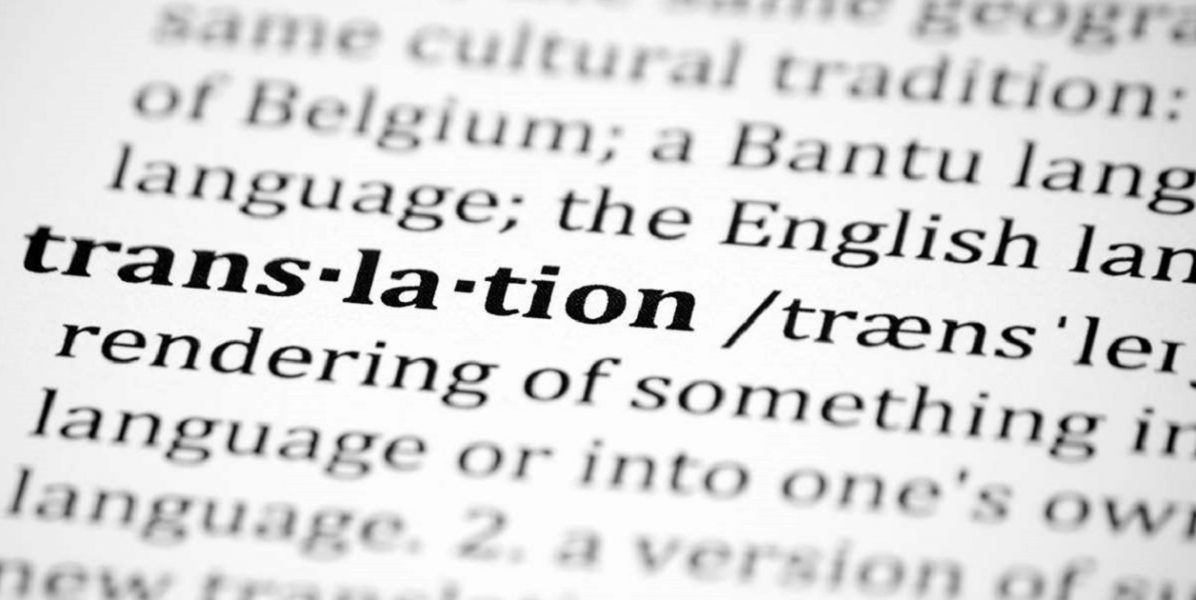From Automatic Writing to Artificial Intelligence: On Translating Can Xue’s Fiction
Annelise Finegan Wasmoen—
Across interviews and essays, the experimental writer Can Xue characterizes her fiction in two ways that speak to what are also questions about translation: as, at once, the embodied performance of freedom, and, at the same time, as an automatic process predicated by a logic or mechanism. These two axes—embodiment and mechanism—converge in her description of the novel Love in the New Millennium: “I think of this book as the fruit born of the love between Eastern and Western cultures, its images pushing forward a wholly new type of human self and mechanism of freedom.” Human self here is collective—humankind’s self—just as self for Can Xue is always plural, with the characters in her fiction described as all being herself, and the embodied performance of her writing being also the activity of its readers. In this way, reading the fiction continues the same performance, as does translating the fiction.
Can Xue describes consistently across a thirty-five-year career the following writing process: “I write for an hour every day and I neither reflect on nor revise my fiction. I just sit down and write, finish writing, and then let it be.” This practice is a form of automatic writing, not solely in the sense of spontaneous expression of the subconscious, but also in that is automatized and recursive, a process that is both generative and invariant. The performative authorial persona that is Can Xue is a human writing machine. Of course, Can Xue is a performative persona and the writing machine a projection. Claiming that one’s writing is automatic, unreflective, and unedited creates a space of freedom for the writer: “You can’t know the meaning of your words and sentences before they are actually written down; you can’t know even after that.”
I spend a lot of time thinking about translation machines and translators as machines because I work in an academic program where we train students in applied translation, which means training them to translate and to train and be trained by translation technologies. Job postings for translators are often advertisements seeking cyborgs, listing the required qualifications for the translators and for their technology. The hiring party needs to know which software comes with the translator, preinstalled. As a translator, you may become part of a collective within which you share and merge with other translators in what are called “translation memories,” or memories of phrases and how you have translated them.
Translators today are expected to be able to work with what are called “Computer Assisted Translation tools” or “CAT tools.” Notice how the machine becomes an animal in this acronym. In a separate category, we have machine translation, where the idea is that the machine does the translation for you. As Douglas Robinson points out in writing about cyborg translation, the categories CAT and machine translation necessitate a back-formation of the category “human translation.” To recap on a spectrum: the human translator, just translating away; computer-assisted translation, where the computer helps the human; and machine translation, no human required. Most translation pedagogy is only interested in the first category, human translation. Computer-assisted translation is taught grudgingly, and machine translation (such as Google Translate) is prohibited from classrooms because the computer is doing the work, not the human. From the industry perspective, it’s almost the opposite. A human translator who doesn’t know how to use CAT tools is almost useless. There is also growing demand for human translators who can work with “pre-editing” text for machine translation input or “post-editing” machine translation output. In short, the borders between human translation, computer-assisted translation, and machine translation are extremely porous.
Machine translation in its most advanced forms, whether on the statistical model or the newer neural network or artificial intelligence (AI) models, is trained with bodies, on corpora of vast swaths of language produced by human translators. Translation gives a unique vantage point on AI because of its position at the forefront of the move toward auto-completion. Think of predictive text on your phone, of chat-bots—technologies that tell us what we want to say and sometimes what we want to think based on what other people say and think. Or of translation memories that remind you of what you have said or thought before, or translation memories merged with those of other translators so that you are reminded of what you may or may not have said or thought. Or of machine translation translating without you, independent of meaning, based on vectors positioning words and probabilities to predict the consensus translation, sometimes called the “adequate” translation. Neural machine translation starts from the point that anything can be translated into anything, then trains itself to choose the result. To go a step further, translation advances questions—or does it predict futures?—about whether and when autocompletion becomes autopoiesis.
The dual perspective of embodiment and mechanism appears throughout Can Xue’s fiction thematically in the permeability of the boundaries between the human and its contexts, whether that context is the animal world, the life of plants or machines, or the realm of dreams. Characters shape-shift between human and animal—”The bear’s face was real, the human face false,” Can Xue writes of a grandmother figure—and populate worlds where “humans and plants grow entwined together.” In Can Xue’s writing the embodied performance of freedom and the mechanistic logic of her fiction co-extend. We can better understand both the author’s prolific, almost mechanical output and her insistence that the performance of her fiction is perfect, the product of a finely-trained machine: “All my stories—my novels, my novellas, and my short stories—are written sequentially, from beginning to end. I never arrange them together or put them in a different sequence.” Translation, too, is automatic writing, writing that continues the same performance, into an unlimited field of possibilities, predetermined by the text that is there.
Annelise Finegan Wasmoen is academic director and clinical assistant professor of translation at NYU School of Professional Studies.
Further Reading:



























